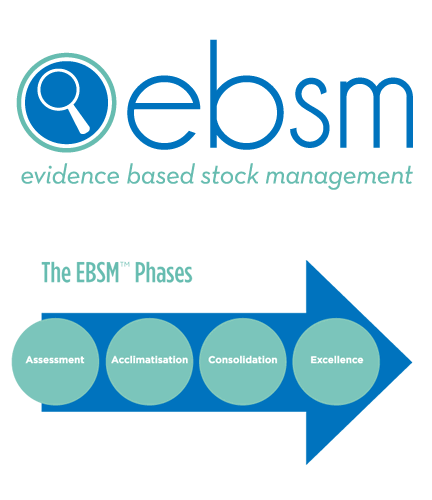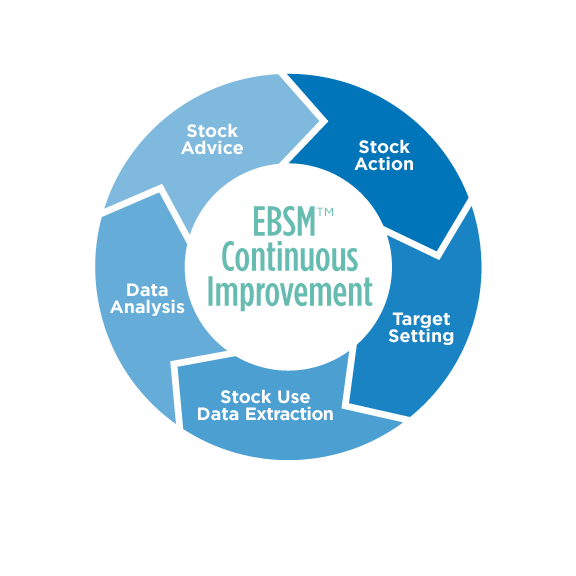What is EBSM?
Evidence Based Stock Management (EBSM) is a complete library collection performance improvement methodology which compares historical and current information about collection use with local target settings to assist librarians in making collection management more effective, more patron focused, less wasteful, and more measured and performance based. The power of the methodology comes from the provision of an EBSM Toolset that helps to drive performance towards targets.
- Why?
- How?
- Benefits
Why?
The EBSM Methodology was founded on 3 main principles:
1. From the perspective of a librarian with extensive experience of collection development, a recognition that experience is not enough. Lack of access to robust detailed evidence about local demand leads to substantial waste in selection – from buying books that no-one wants to read, and neglecting to buy enough of the books which are popular with patrons.
2. The realization that collection movement is essential to maximize the use of existing items – on return visits to the Library, patrons want to see titles that they haven’t seen before.
3. Ongoing change in the culture of public libraries, where all services are being required to be more performance and market orientated.
Taken together it is clear that there was a need to take a fundamentally different approach to collection management, and more importantly collection performance improvement.
EBSM Continuous Improvement
There are 4 phases in EBSM: Assessment, Acclimatisation, Consolidation and Excellence.
Used consistently, EBSM can be a methodology for continuous collection performance improvement within libraries.

